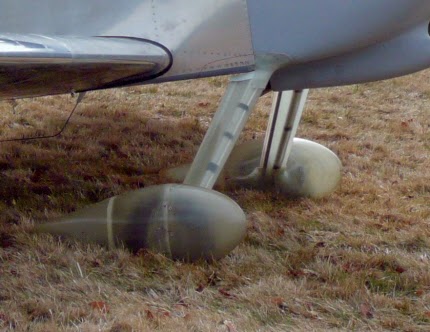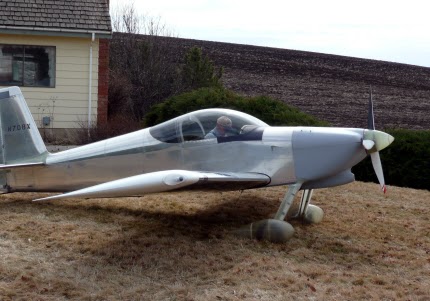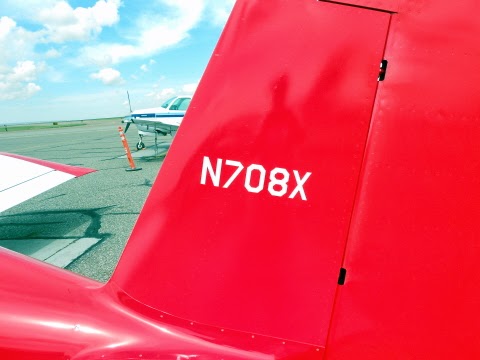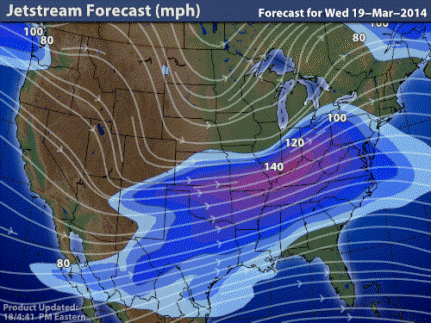Zulu

Zulu When pilots get on the radio and talk to other pilots, or a control tower, or an Air Traffic Control Center, they have to identify themselves by using their "N" number. The "N" number of our airplane is N708X. Sometimes radio communication is quite indistinct, and certain letters might not be heard correctly. Therefore, all pilots use the Aviation Phonetic Alphabet to identify letters. My husband would say, "Tower, this is November 7-0-8 X-ray ," and the tower wouldn't be confused, thinking he might've said "M708X." The letter for Z is Zulu, and this ends my A-Z Challenge with the theme of Flight Terminology. I hope you've enjoyed reading it as much as I've enjoyed writing about flying--this passion of my husband's and mine--and its terminology. Have you ever had reason to learn the Aviation Phonetic Alphabet?























